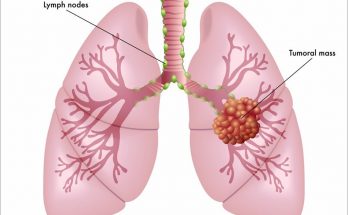General relaxation techniques
- For maximum benefit, the technique should be performed twice a day for 15-20 minutes per session. Even 5 minutes twice a day would be beneficial.
- It should not be practised until at least two hours after a meal.
- It should be performed in a quiet place -Free from interruptions or outside stimulation.
- Check the time with a watch or clock – do not use an alarm.
- When your time is up, sit quietly a little longer, first with eyes closed, then with eyes open.
- If your mind wanders, turn your attention back to your breathing and keep repeating the chosen word or phrase, or focus on the guide’s voice.
- Don’t worry if you’re relaxing deeply enough or getting the right response. If you’re doing it, the response will occur and the physiological changes will take place.
- Afterwards, you should feel relaxed and calm. This effect should continue for several hours.
There are many techniques for relaxation, and no one method is better than another. In fact, it may be more effective for you to combine pieces of several different methods. The most basic is deep breathing.
1). DEEP BREATHING
Inhale : sit or stand and place your hands firmly and comfortably on your stomach. Inhale slowly and deeply through your nose, letting your stomach expand as much as possible. Exhale : Exhale slowly through pursed lips as if you were going to whistle. By pursing your lips, you can control how fast you exhale and keep your airways open as long as possible.
2). CLEARING THE MIND
By allowing yourself to mentally focus on a single, peaceful word, thought, or image, you can create a feeling of deep relaxation. Reduce Distractions: sit comfortably, loosen tight clothing, close your eyes, begin to breath slowly and deeply – mentally focus on one peaceful word, thought or image – stretch as you complete the exercise.
3) AUTOGENICS
Concentrate an a mental suggestion such as “my left arm feels heavy and warm.” As You concentrate try to actually feel your arm getting heavier and warmer. Then repeat the same exercise focusing on your right arm, left leg, right leg and so on.
4) PROGRESSIVE MUSCLE RELAXATION
(A 3 Step Technique) first tense a muscle and notice how it feels; then, release the tension and pay attention to that feeling; and finally concentrate on the difference between the two sensations.
5) VISUALIZATION
A “mental vacation”‘ – allows your imagination to run free. Picture a tranquil setting that has particular appeal to you and try to imagine all of the details. Are you lying on a warm beach? How does the sun feel on your back? Do you hear waves lapping on the sand? Is there a fragrance in the air? Do you see sailboats on the water?
